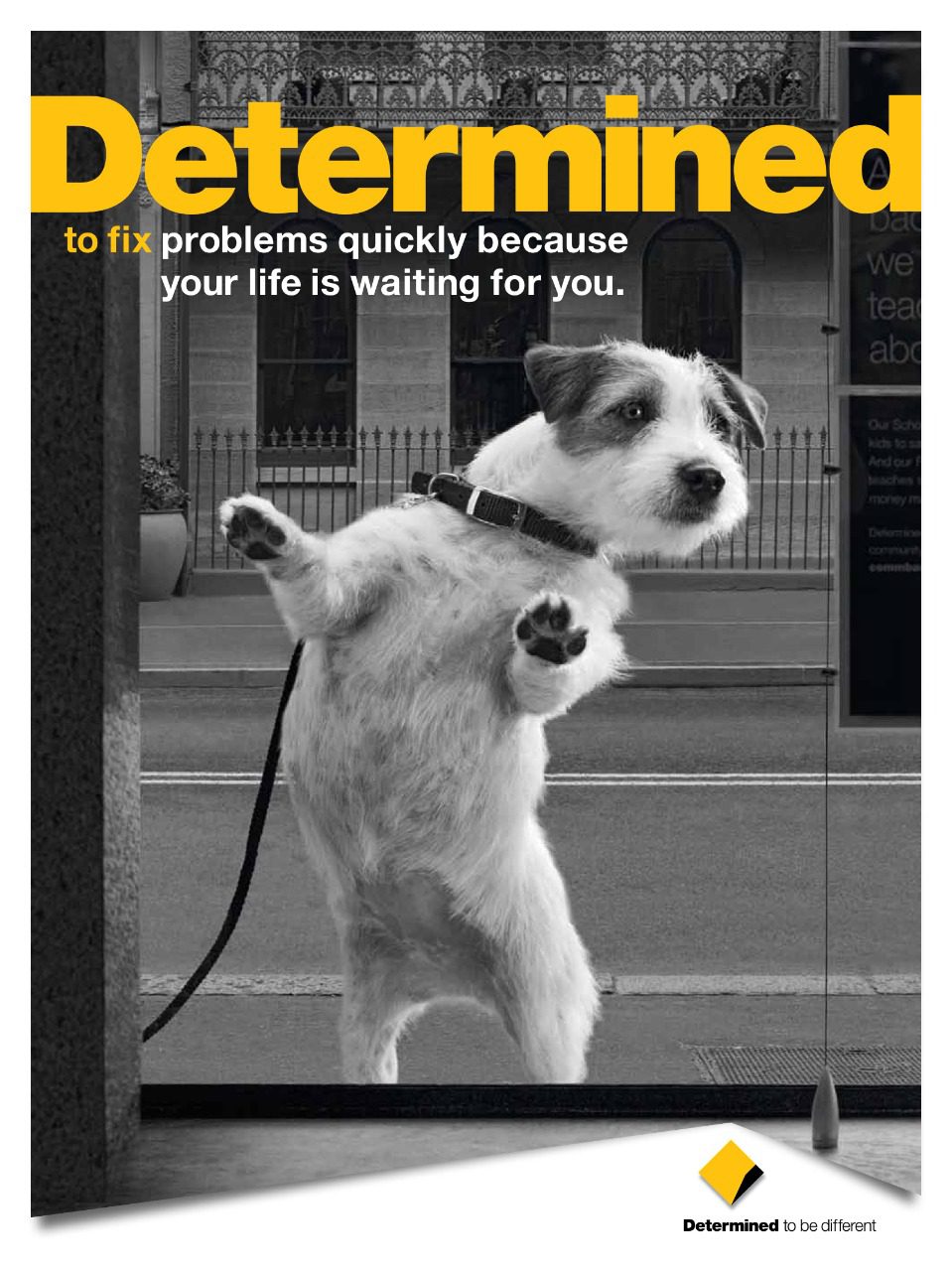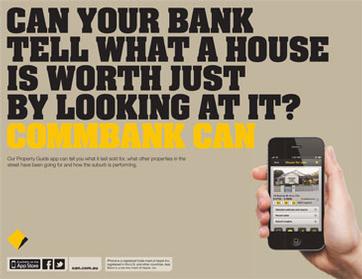Three days after Federal Reserve chairman Jerome Powell told Congress they might have to increase the pace of rate hikes (from 0.25 per cent to 0.5 per cent), and commentators started writing that if the Fed wasn’t careful it would “break something”, it broke something.
It was the bank of Californian tech start-ups, Silicon Valley Bank (SVB), which suffered a classic bank run, the first big one since the GFC and it had to close.
The alarm quickly spread to other small banks, and another one in New York toppled over. Regional US bank share prices slumped.
The authorities acted fast to guarantee all deposits and create a new funding program for banks to head off another GFC contagion.
And now markets are predicting no more rate hikes, either in the US or Australia, although they have been finished here anyway.
Trigger for banking panic
The trigger for the American banking panic was that the futures market repriced the peak Federal Reserve interest rate in the US after Powell’s testimony to Congress from 4.8 to 5.7 per cent, which caused bond prices to crash – the most in decades.
SVB was the first to go because more than half of its assets are bonds, strangely, and the fall in their value after Powell’s congressional appearance made it insolvent.
With US bank customers now on edge and ready to run, the Fed is not expected go through with the 0.5 per cent rate hike that Jerome Powell was hinting at two weeks ago, or even a 0.25 per cent one.
The message of all this is clear: In a highly leveraged and financialised world, an American cash rate approaching 6 per cent is now incompatible with financial and economic stability.
In Australia – more leveraged and financialised than the US – the tipping point for the cash rate would be at least 1 per cent, maybe 1.5 per cent lower than that – so 4 per cent – and the “be careful or you’ll break something” message applies to households, not banks.
That’s why, around about the same time as Jerome Powell was playing the hard man to Congress last week, RBA governor Philip Lowe was saying in a speech that the impact of higher interest rates “weighs heavily on my heart”, and revealing that he plans to meet some people from Suicide Prevention Australia, having read its research last week.
And he made it clear that a pause in the rate hikes was now on the agenda.
As a result, futures market expectations for the peak Australian cash rate fell from 4.25 per cent to below 4 per cent for the first time in more than a month, at the same time as US cash rate futures surged.
Australian versus US monetary policy
So what’s the difference between Australian and American monetary policy?
A chart buried in the RBA’s Statement on Monetary Policy released on February 9 makes it clear:
US mortgage rates have barely moved despite 4.5 per cent of rate hikes in a year, while in Australia they have moved a lot.
In Australia, 70 per cent of mortgages are variable rate, and fixed-term mortgages only run for up to five years. In the United States, almost all mortgages are fixed for 30 years.
The result is that US rate hikes only ever have a gradual impact on households through new loans, while in Australia the effect on the household sector is dramatic and immediate – in fact, the most dramatic and immediate in the world.
Repayments for those with variable mortgages have already increased more than $1000 per month, and the RBA says the number of fixed-rate mortgages rolling over onto much higher variable rates this year is in the “high 800,000s”.
So what Philip Lowe is worried about breaking is the Australian household sector; in the US it’s the banks, which becomes the same thing if there’s a contagion where the authorities lose control. That now looks unlikely.
But while the banking system in both the US and Australia is in better shape now than it was leading into the GFC, banks actually account for only about a third of America’s supply of credit.
The so-called “shadow banks” that make up the other two-thirds aren’t necessarily riskier, but no one can be sure how they will fare – or other banks will fare for that matter – with such a rapid tightening of financial conditions as the Fed has clobbered them all with since May.
Big four in full control
In Australia the banks are in full control, and to be more precise the big four are in full oligopoly control. They have 82 per cent of the market and non-banks only make up about 10 per cent of the system, and they get their funding from the big four banks anyway.
Meanwhile, despite some big and growing pockets of real hardship, the household sector overall seems to be holding up well, with the cash rate at 3.6 per cent.
That’s no doubt helped by the fact that the decline in house prices seems to be levelling off, having fallen a little more than 9 per cent. That’s the biggest decline ever, but thanks to the amazing/absurd 2021 boom, the national median is still about 15 per cent above what it ended at in 2020.
That’s because there’s not much stock available, in turn because families at first do anything to avoid selling the house.
The next hurdle to get over will be the so-called “mortgage cliff”, when a million families come off fixed rates onto variable rates over the next 18 months and join the variable crowd in hardship city.
But that’s the whole point of today’s monetary policy – hardship for borrowers.
Alan Kohler is founder of Eureka Report and finance presenter on ABC news. He writes twice a week for The New Daily
- Look out for Alan Kohler’s new series ‘The Innovators’ starting in TND on Monday.
The post Alan Kohler: The Fed broke something, so the rate hikes are finished appeared first on The New Daily.
</imgsrc=””>

















